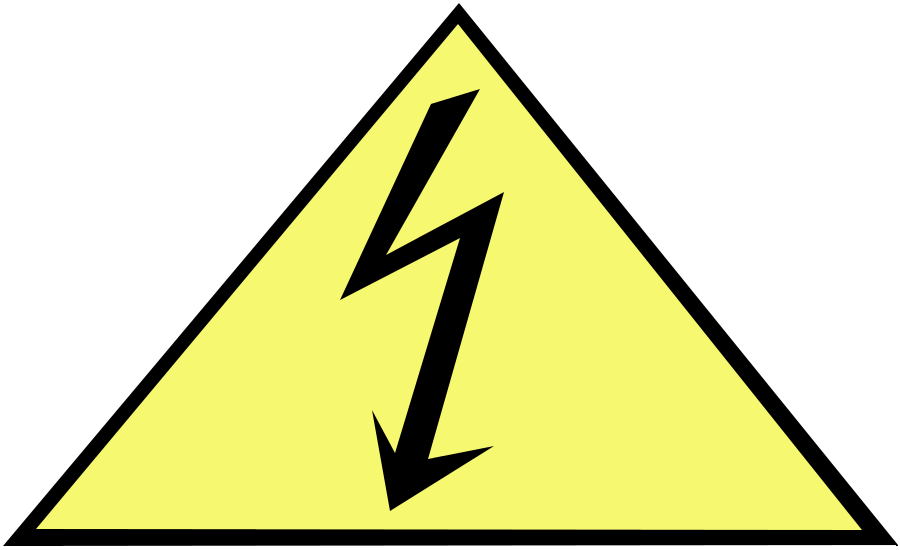A swimming hazard that you don’t think about

With warm weather here, many people will be swimming in pools or wading into water at boat ramps – both of which harbor a danger that most of us are unaware of. The National Fire Protection Association (NFPA) is trying to change that, by raising the alarm about electric shock drowning (ESD), which happens when marina or onboard electrical systems leak electric current into the water. The current then passes through the body and causes paralysis. When this happens, a person can no longer swim and ultimately drowns.
Marinas aren’t the only places where electrical currents can move through the water: pools, hot tubs and spas are also potential danger spots.
The NFPA has the following safety tips
For swimmers:
- Never swim near a marina, dock or boatyard, or near a boat while it’s running.
- While in a pool, hot tub or spa, look out for underwater lights that are not working properly, flicker or work intermittently.
- If you feel a tingling sensation while in a pool, immediately stop swimming in your current direction. Try and swim in a direction where you had not felt the tingling. Exit the water as quickly as possible; avoid using metal ladders or rails. Touching metal may increase the risk of shock.
For pool owners:
- If you are putting in a new pool, hot tub or spa, be sure the wiring is performed by an electrician experienced in the special safety requirements for these types of installations.
- Have a qualified electrician periodically inspect and — where necessary — replace or upgrade the electrical devices or equipment that keep your pool, spa or hot tub electrically safe. Have the electrician show you how to turn off all power in case of an emergency.
- Make sure any overhead lines maintain the proper distance over a pool and other structures, such as a diving board. If you have any doubts, contact a qualified electrician or your local utility company to make sure power lines are a safe distance away.
For boat owners:
- Avoid entering the water when launching or loading a boat. Docks or boats can leak electricity into the water causing water electrification.
- Each year, and after a major storm that affects the boat, have the boat’s electrical system inspected by a qualified marine electrician to be sure it meets the required codes of your area, including the American Boat & Yacht Council. Make the necessary repairs if recommended. Check with the marina owner who can also tell you if the marina’s electrical system has recently been inspected to meet the required codes of your area, including the National Electrical Code® (NEC).
- Have ground fault circuit interrupters (GFCI) installed on the boat; use only portable GFCIs or shore power cords (including “Y” adapters) that are Marine Listed when using electricity near water. Test GFCIs monthly.
NFPA has additional resources for swimmers, boat and pool owners, including tip sheets, checklists and more that can be downloaded and shared. Please visit www.nfpa.org/watersafety.
For industry professionals, the 2017 NFPA 70, National Electrical Code® (NEC®) has been revised to improve pool safety and help reduce the risk of ESD. NFPA has additional codes and standards that apply to boats and marinas and their related electrical safety issues. Find these resources and more by visiting NFPA’s NEC webpage.
About the National Fire Protection Association (NFPA)
Founded in 1896, NFPA is a global, nonprofit organization devoted to eliminating death, injury, property and economic loss due to fire, electrical and related hazards. For more information visit www.nfpa.org. All NFPA codes and standards can be viewed online for free at www.nfpa.org/freeaccess.
Looking for a reprint of this article?
From high-res PDFs to custom plaques, order your copy today!






